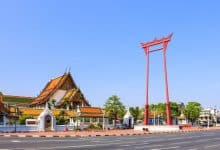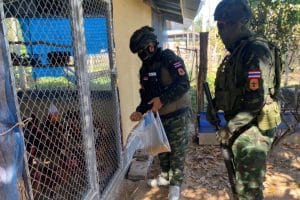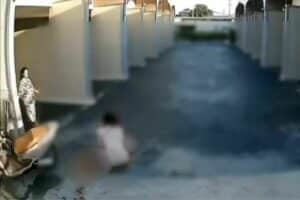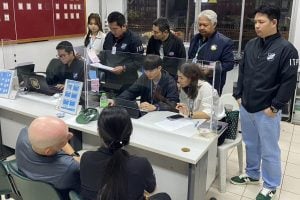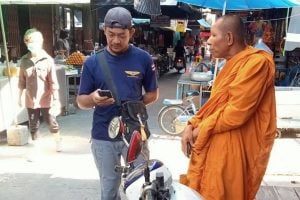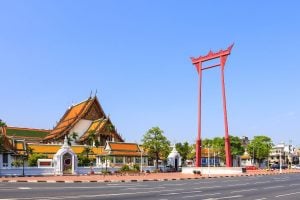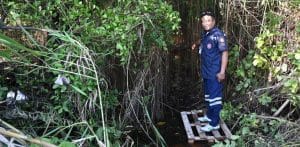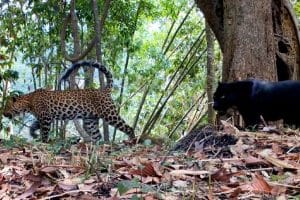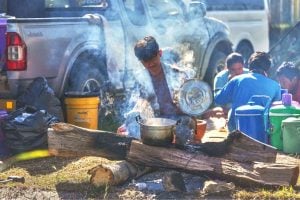Has The White Lotus changed Koh Samui forever?
Will it ever be the same from now on?
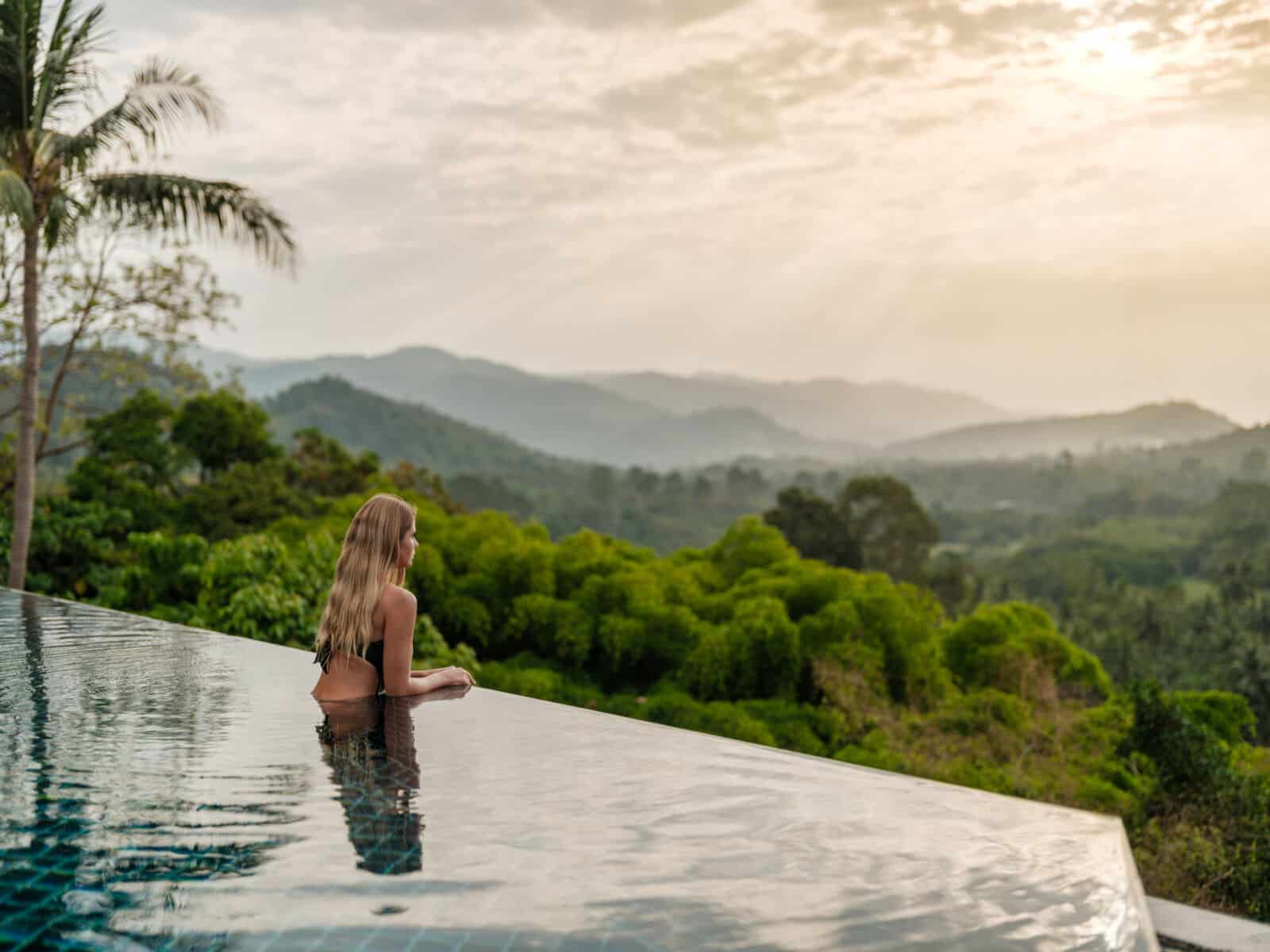
As the final scene of The White Lotus Season 3 fades out and the Ratliff family sails away from Koh Samui, one question echoes louder than the last gunshot:
Will Koh Samui ever be the same?
Over eight episodes, Thailand’s third-largest island was transformed into a cinematic dreamscape, but behind the lush cinematography lies a real island with real people. What does all this global attention mean for Samui?
On this page
| Topic | Description |
|---|---|
| From Backpackers to Billionaires | Koh Samui’s shift from a backpacker haven to a luxury hotspot, amplified by The White Lotus. |
| A spotlight, not a stampede | The White Lotus brought global attention but not a massive tourism surge for Samui. |
| The beauty was already there | The show highlighted Samui’s natural charm, which had already captivated long-time visitors. |
| The double-edged sword of film tourism | Film tourism can bring benefits but risks damaging local culture and resources, as seen elsewhere. |
| Staying true to its soul | Koh Samui can evolve while staying grounded in its natural beauty, culture, and hospitality. |
| What about the people who live in Samui? | Tourism brings challenges, like resource strain and rising costs, impacting the local community. |
| Still Koh Samui | Despite fame, the heart of Koh Samui remains untouched, with its unique charm and serenity intact. |
From backpackers to billionaires
Koh Samui was a backpacker’s secret long before private plunge pools and champagne brunches. In the 1970s and ’80s, travellers searched for palm-fringed beaches, jungle paths, and hammocks tied between coconut trees. There was no airport, only fishing boats turned ferries and the promise of simplicity.

Today, that quiet island has become a luxury destination. Upscale resorts, beach clubs, and wellness retreats dominate the landscape.
The White Lotus didn’t cause the shift, but it certainly magnified it.
A spotlight, not a stampede
According to Jane Soergel, General Manager of the InterContinental Koh Samui, the show has brought attention, but not an avalanche.
“The series has given Samui excellent exposure and brought more global attention to our island,” she says. “It’s sparked curiosity among new audiences who might not have considered Samui before. That said, I do not expect a dramatic impact on visitor numbers or a sudden surge in bookings.”
“Tourism here is still returning to pre-Covid levels, and with the global economy in flux, growth is expected to be steady, not explosive.”
So, no stampede — at least, not yet.
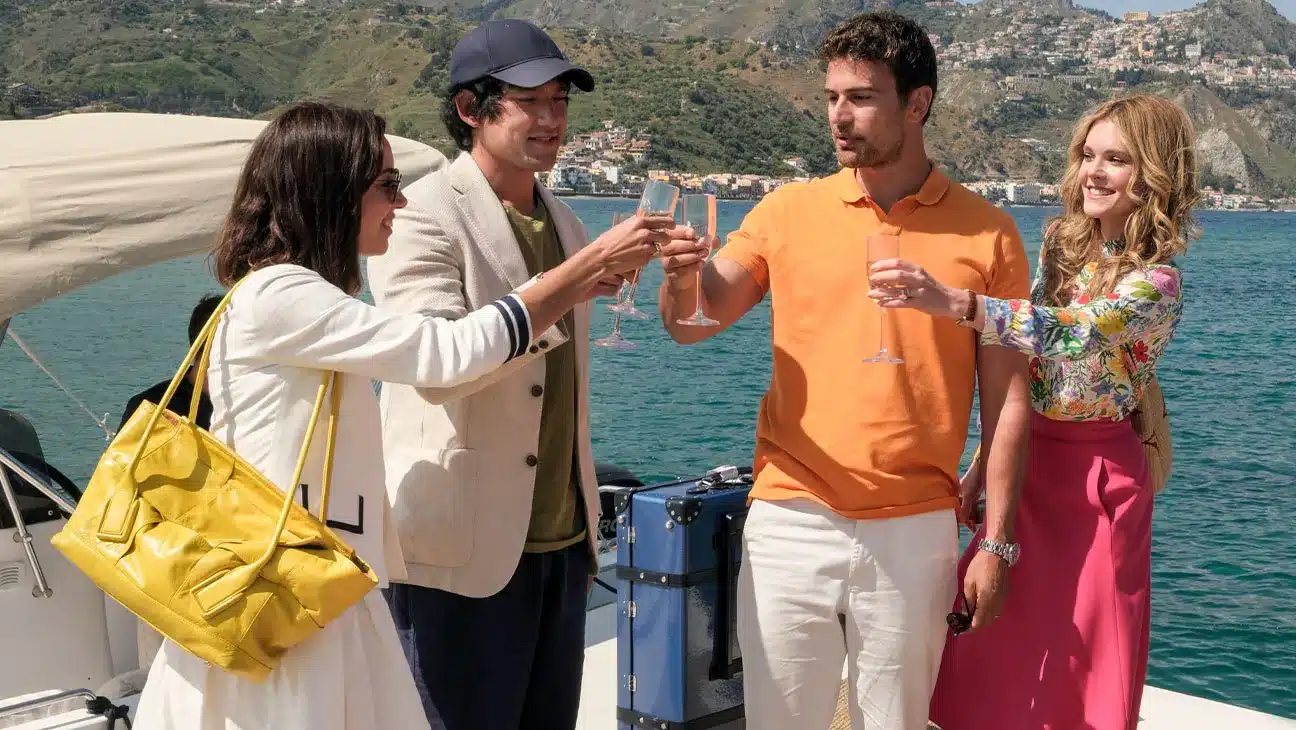
Other White Lotus locations have seen sharper impacts. After Season 1 aired and was filmed at the Four Seasons Resort Maui, the hotel’s web traffic reportedly rose by 425% year on year. Sicily’s San Domenico Palace, where Season 2 was set, was fully booked for months following the show’s release.
The beauty was already there
What The White Lotus did best was showcase what longtime visitors already know.
“Samui’s appeal lies in its natural beauty, relaxed atmosphere, and the balance it offers between wellness, nature, and understated luxury.
“I think the show captured some of that essence, especially that sense of escapism.”
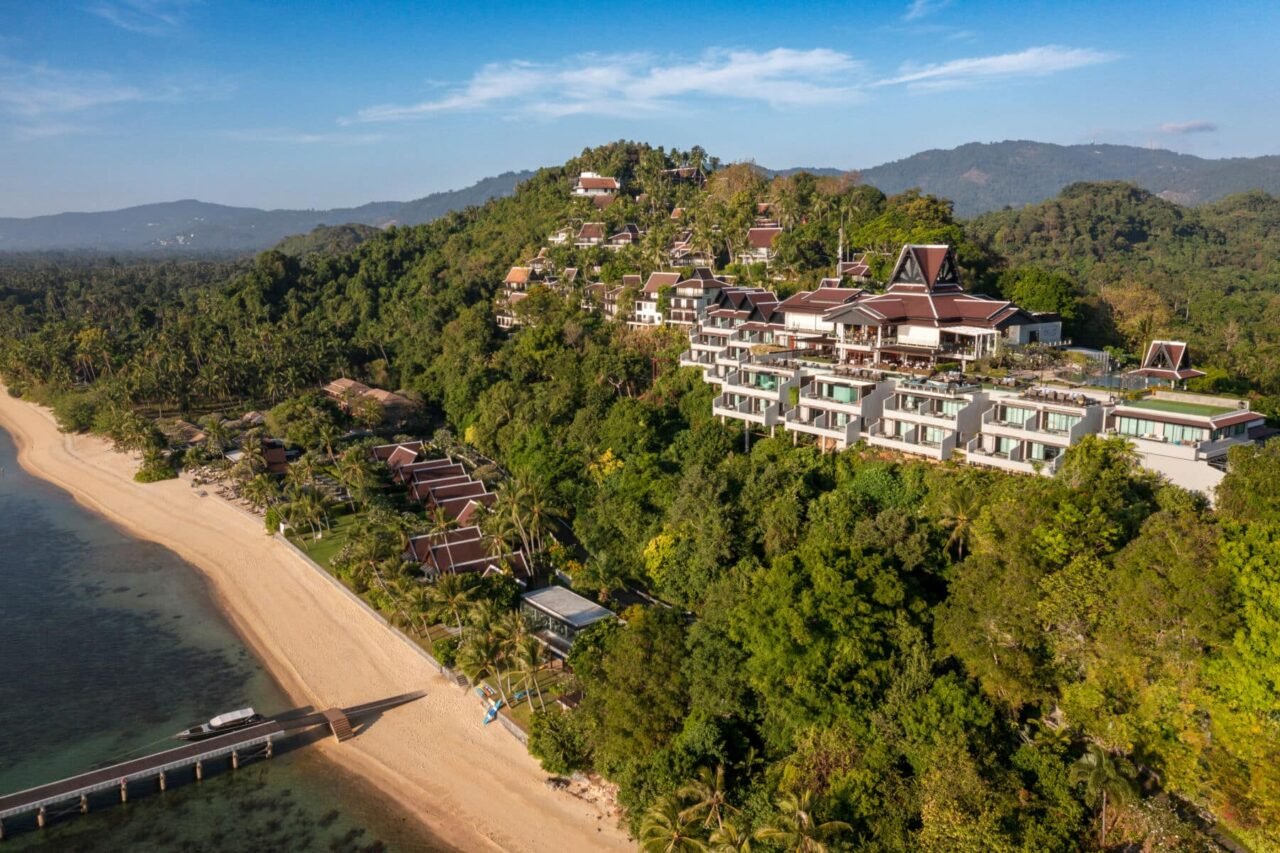
For many international viewers, Koh Samui was a discovery. For locals and return travellers, it was a kind of recognition.
The double-edged sword of film tourism
Pop culture has long inspired travel. A compelling story draws people in, and while they come seeking personal change, the destination itself often changes in the process.
After Eat Pray Love, Bali became a magnet for soul-searchers. But it also became a cautionary tale of overtourism. As Balinese journalist Eve Tedja once wrote:
“We sold our rice fields and now buy our rice from another island.”
The trade-off, she noted, was for the money of mass tourism, a necessity, but one with consequences.
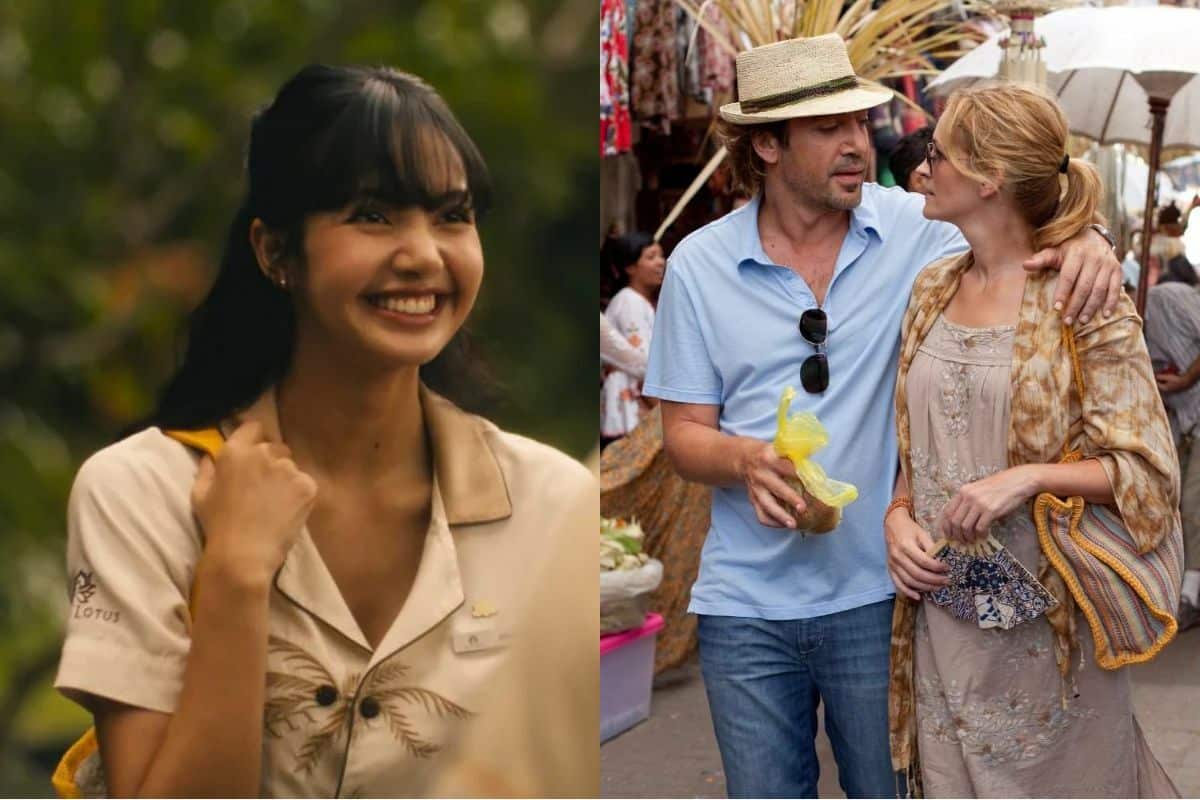
Samui, so far, hasn’t followed that trajectory. Despite The White Lotus‘s glamour, the island still feels grounded, a little wild, and full of soul.
But the question remains: can it stay that way?
Staying true to its soul
Soergel believes it can.
“The island can evolve and welcome new opportunities without losing what makes it special.
“Local businesses and the community need to stay true to what has always drawn people here — our nature, culture, and genuine hospitality.”
What about the people who live in Samui?
While The White Lotus cast a dreamy lens over the island, life for many locals remains far from the fantasy.
The show doesn’t touch on the pressures facing the island, from strained natural resources like water, to the rising cost of living, to the growing environmental footprint of tourism.
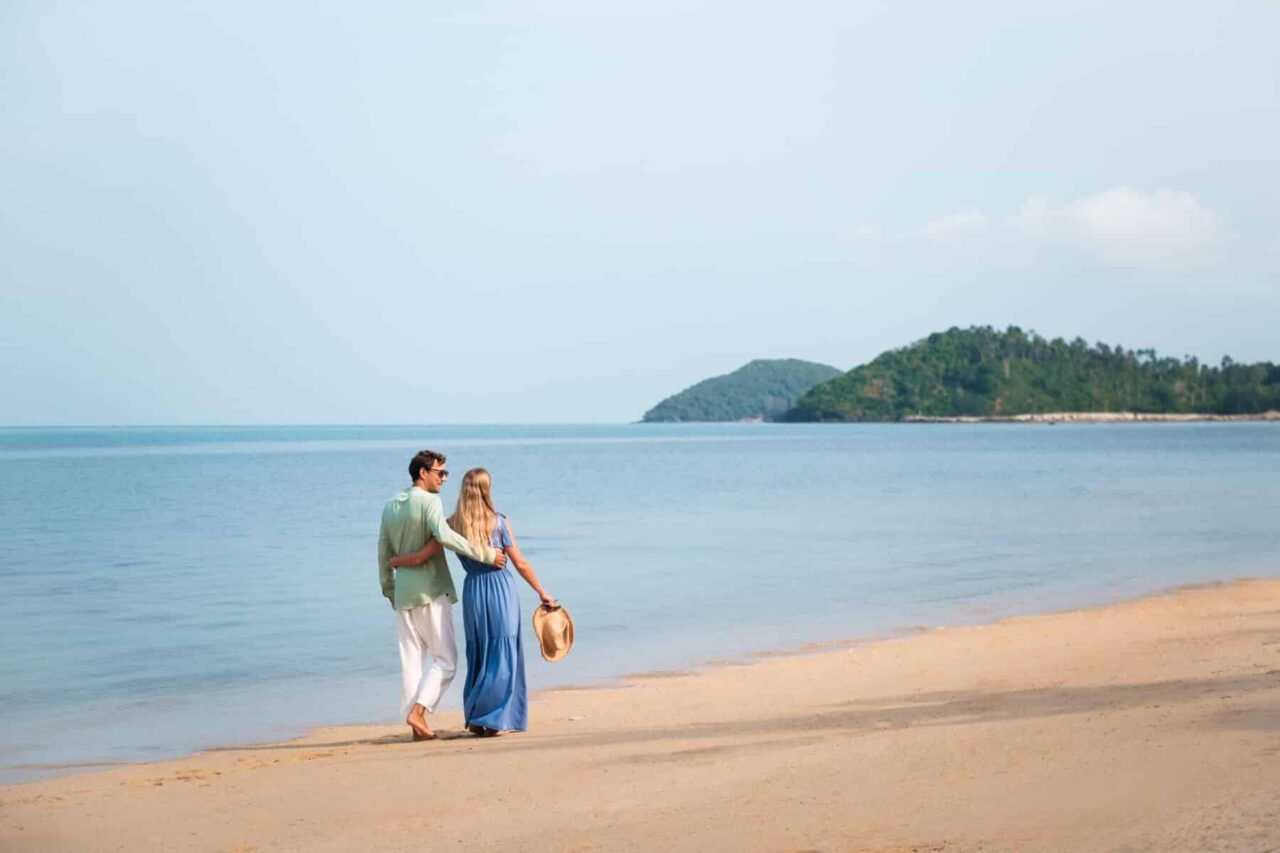
The challenge is making sure the benefits of tourism don’t come at the expense of those who call the island home.
Still Koh Samui
I’ve been to Koh Samui before the show aired, and after. And I know this: the real Samui is still there.
You feel it in the hum of morning markets. In the roosters calling through the hills. In the jungle that coils around the island like something ancient and alive.
That untamed, spiritual core can’t be packaged or streamed. You have to be present to feel it.
Will Koh Samui be changed by fame?
For now, Koh Samui remains itself. Not untouched, but not overrun.
Still radiant. Still calm.
Still, somehow, quietly waiting.
ดูโพสต์นี้บน Instagram
Latest Thailand News
Follow The Thaiger on Google News:
